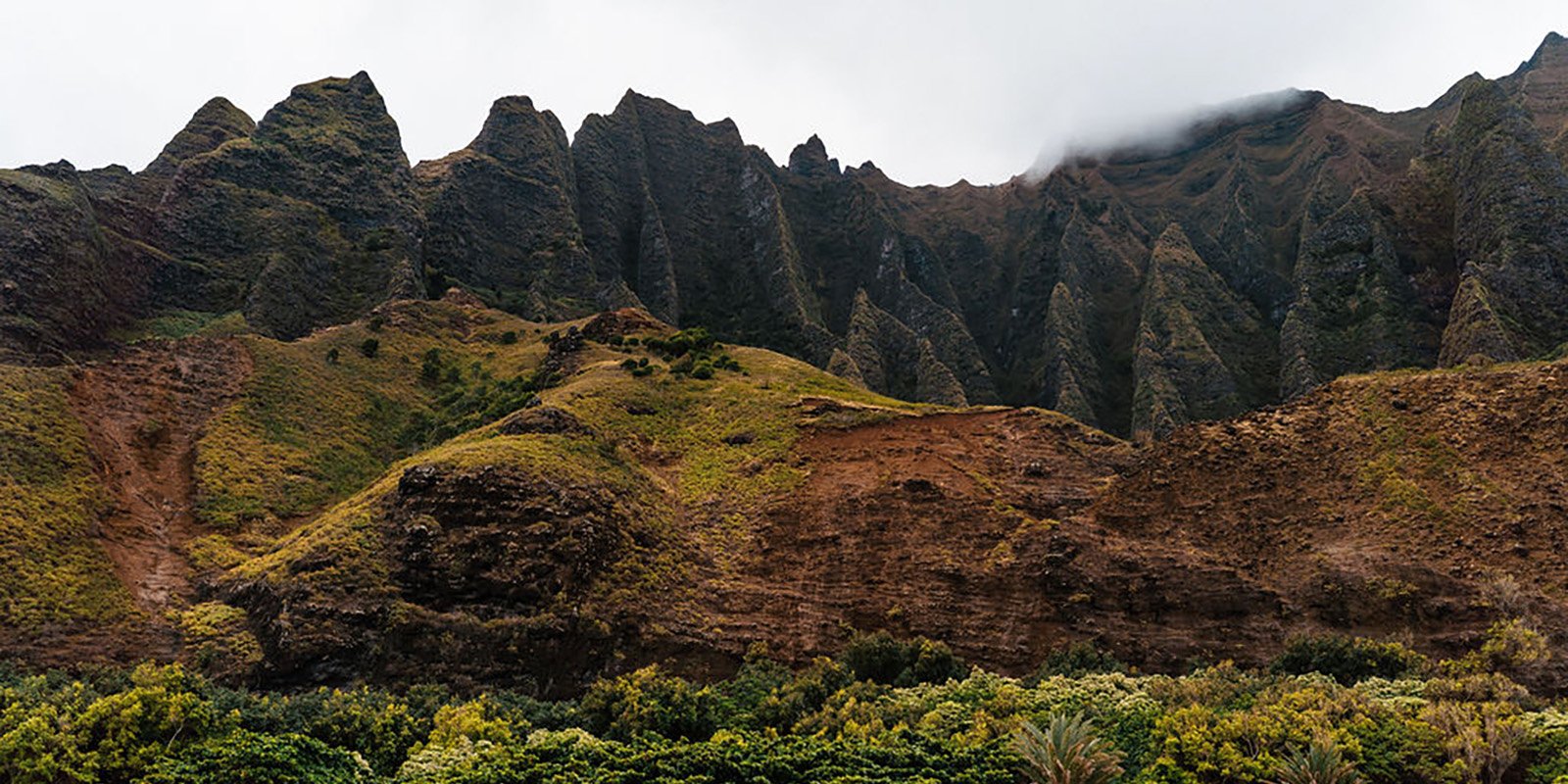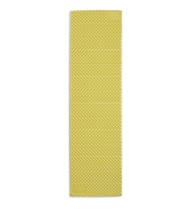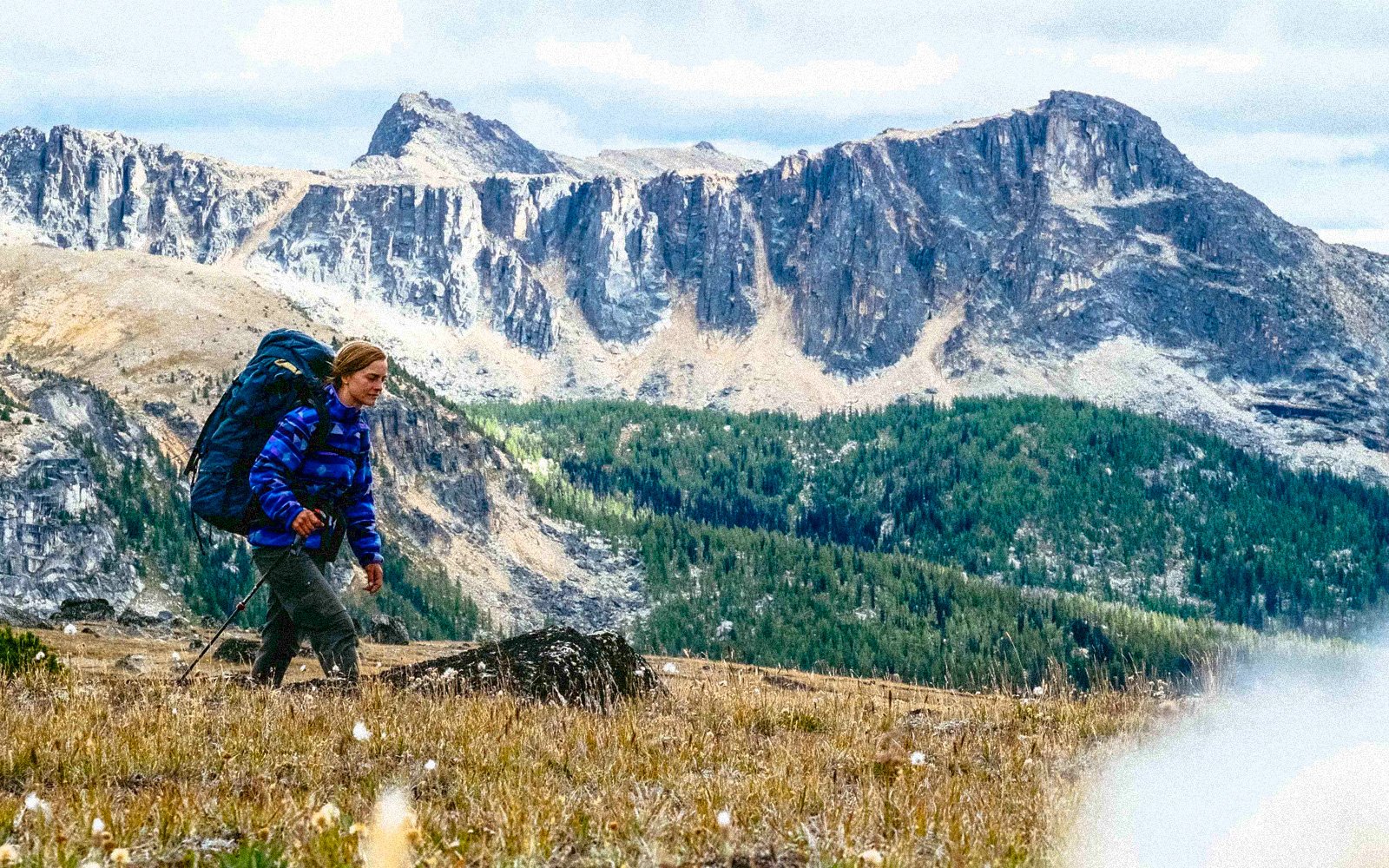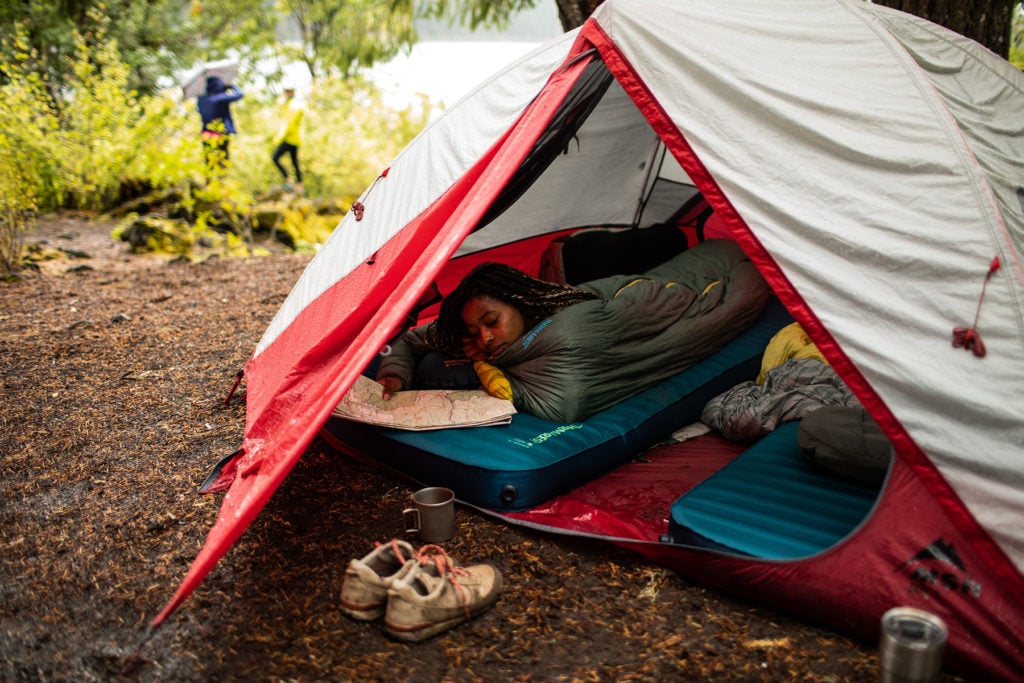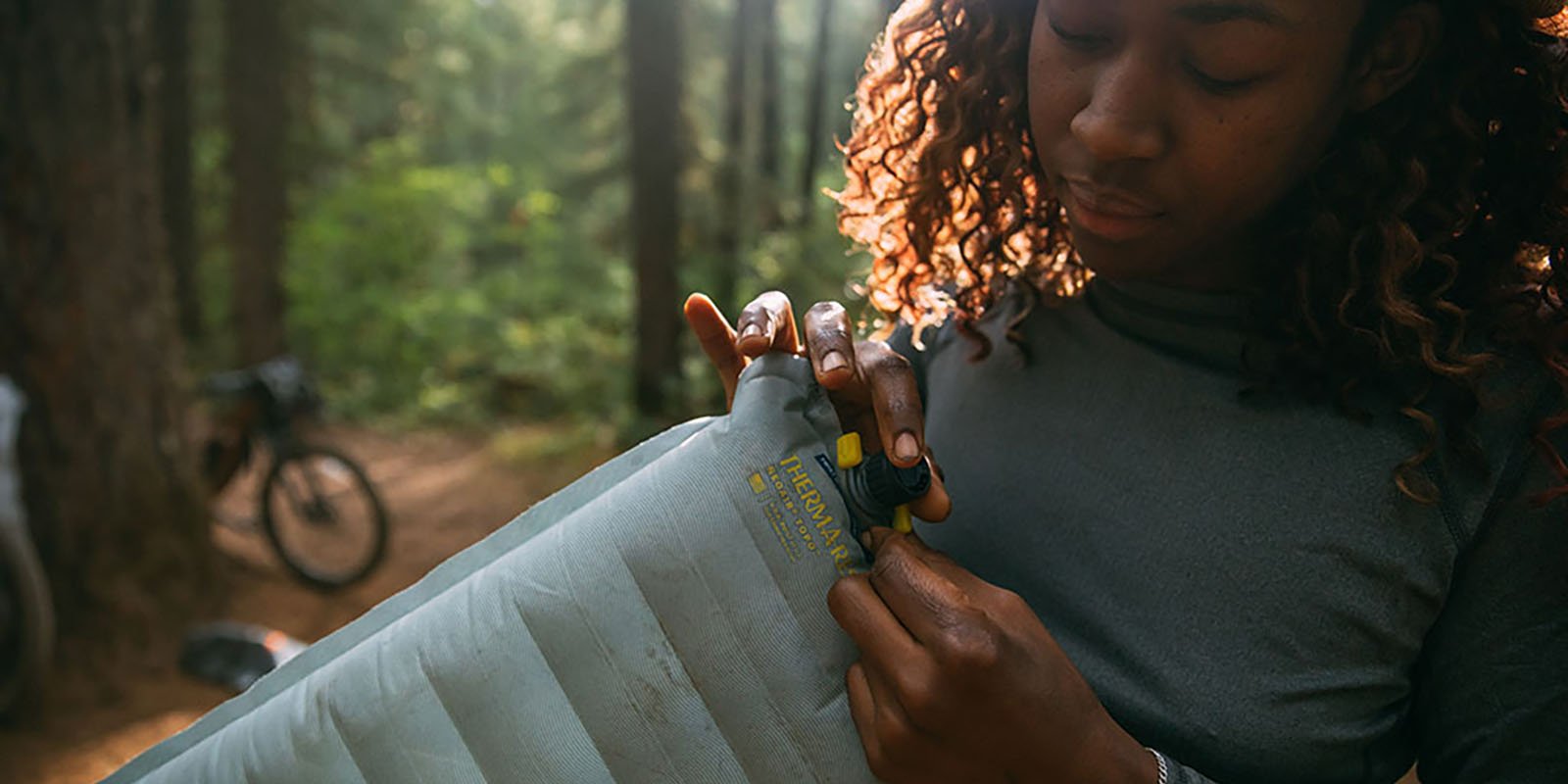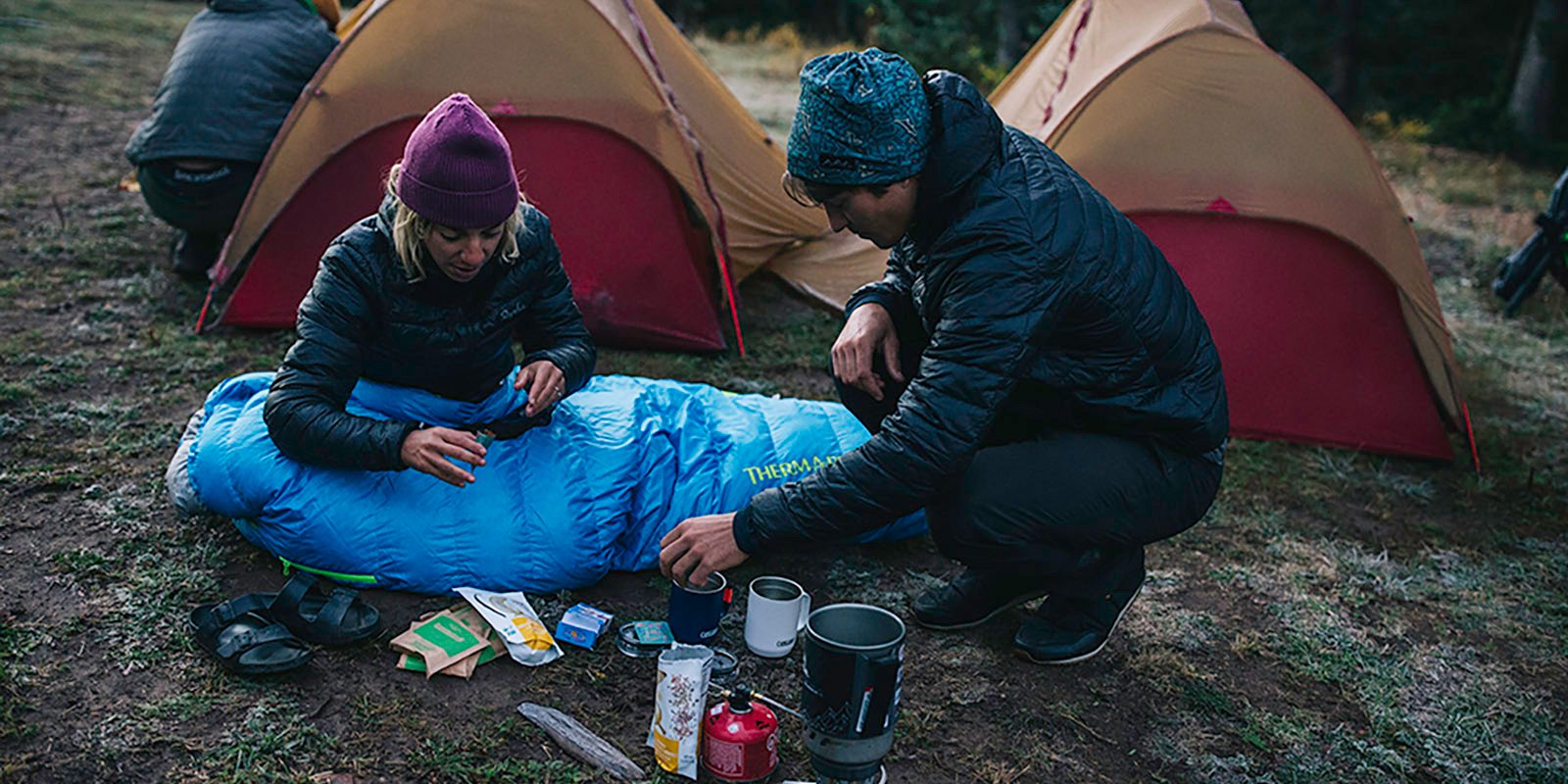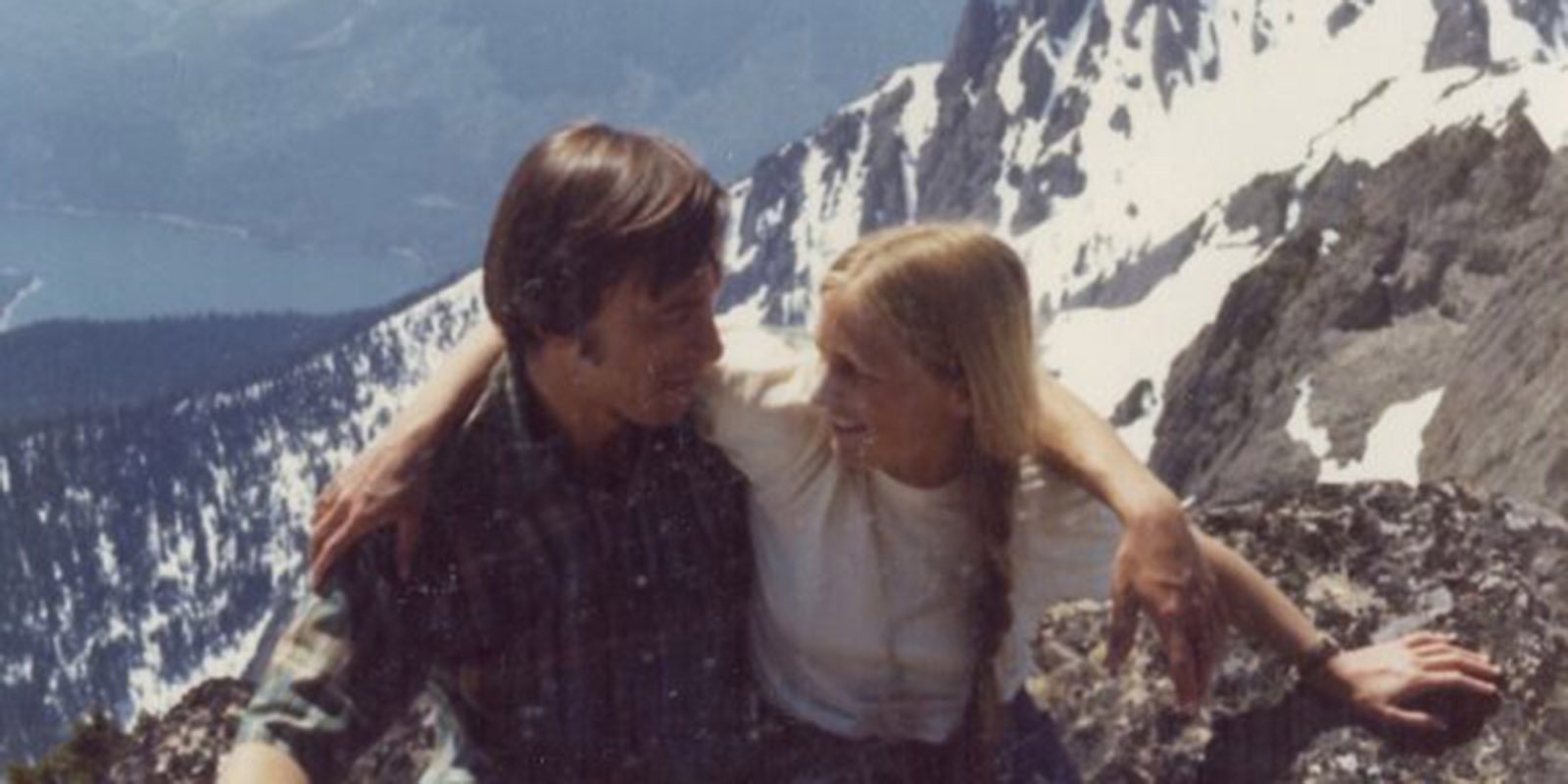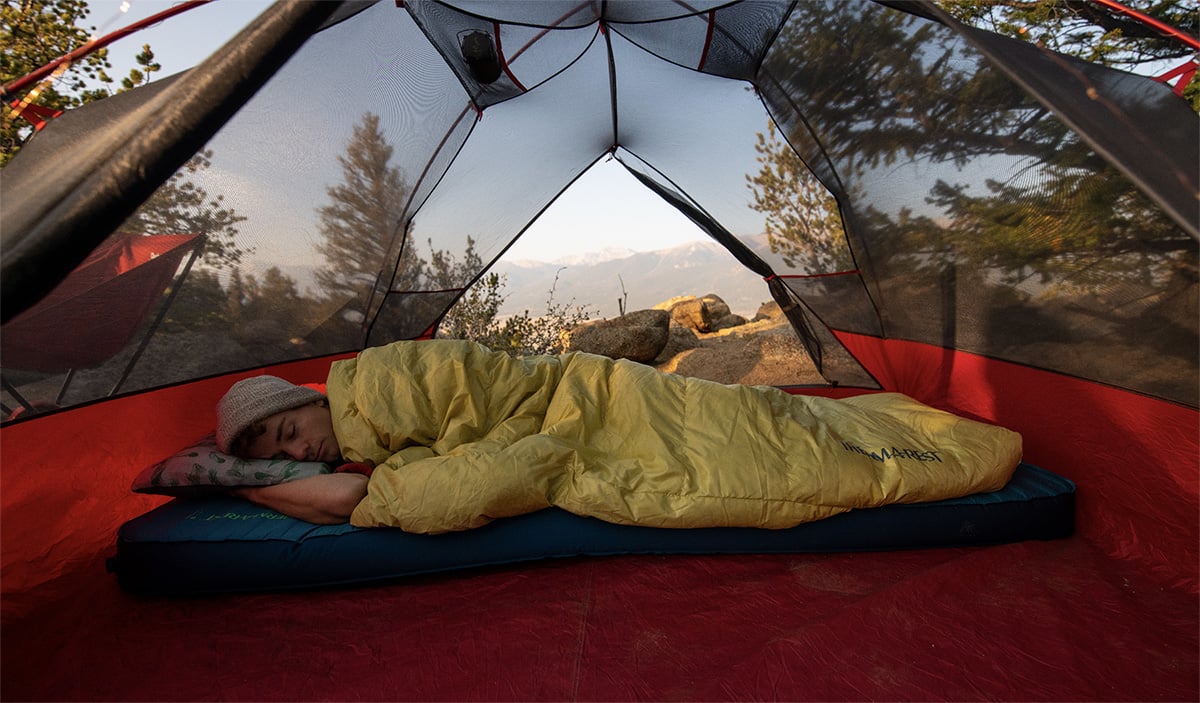Imagine waking up backpacking in a tropical paradise surrounded by fresh coconut, the waves of the ocean crashing in the distance, and a climate warm enough that you get to leave the puffy jacket behind. I had never considered tropical backpacking before, even more so, thought of myself only as a mountain backpacker interested in spending all my PTO in the rugged mountains of Washington. The Kalalau Trail proved me more than wrong and left a special place in my heart for tropical backpacking. It took some adjusting and learning in real time. So, here are some backpacking tips for the tropical backcountry.
The Kalalau is a 22+ mile trail the rugged Napali Coast on the island of Kauai. Permits are needed months in advance and sell out the moment they are released. As I searched for sun amongst the never-ending gloom of the PNW winter, my thoughts went to try to secure these permits and try something new. With permits secured, I packed my backpacking bag and headed to the magical land of rainbows, sunshine and hot humid weather. I wish I had some of these backpacking tips before I left, but I hiked so you can hike better.
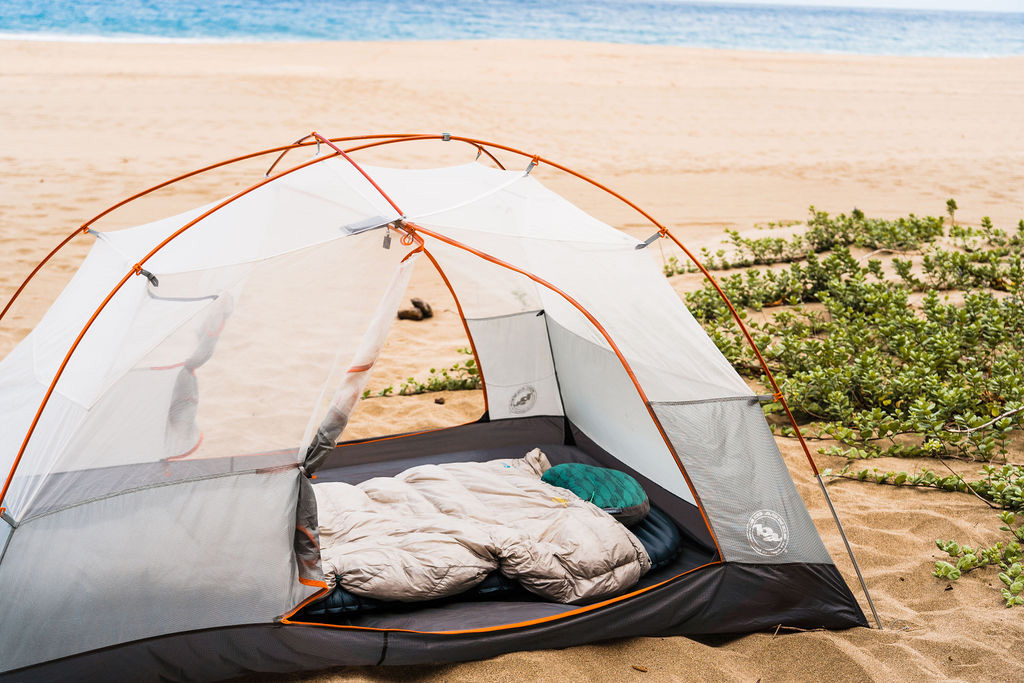
Choosing a Sleep System for Tropical Backpacking
When choosing my gear to bring, I knew it would be very warm and humid the entire trip with lows in the upper 60s. Even in summer, I’m used to being cold while backpacking and pack a warmer summer sleep system in Washington. For a sleeping pad, I opted for the NeoAir® UberLite™. Weighing only half a pound and with a 2.3 R-value it was perfect for the conditions.
For the sleeping bag, I knew I wanted to bring a quilt as it would be too warm for a full sleeping bag. A quilt offers superior venting flexibility and can be used more as a blanket if you get too. I brought the Vesper™ 20F/-6C Quilt and it was perfect for what I needed. The last piece to my sleep system (which I never cut weight on) is my pillow. I always take the Air Head™ Down Pillow with me on every backpacking trip to get a good night’s sleep.

Gear Recommendations for Backpacking in the Tropics
We’ve covered the sleep system, now what about the other gear needed? This isn’t an exhaustive list covering every item I brought, but some of the key items I found to be important to include on a tropical backpacking tips list.
- MSR® WindBurner™ Stove – Lightweight, but fast and efficient for making hot meals on the trail.
- Sun shirt – It seems counterintuitive but wearing a long-sleeved sun shirt can actually help keep you cooler. Importantly it greatly helps minimize sunburns. Being in tropical places closer to the equator, the sun is strong. Putting on sunscreen constantly can be annoying and easily overlooked. I opted for a lightweight, long-sleeved sun shirt to wick moisture and protect me from the harmful UV rays.
- Sunscreen -This seems like a no-brainer but you absolutely can’t leave this behind. I like using a sunscreen stick for my face for quick applications and keeping my hands clean. Sunscreen lip balm is also a must and often overlooked.
- Water Filter – it’s important to do the research on where you are going ahead of time and so you bring an appropriate water filter for that area. Different places have different qualities of water. So, pick a water filter accordingly.
- Hammock – this was a splurge item for me but great for this trip. On the second day of the trip, I had the whole day to explore and relax on the beach. The trees along the beach are perfect for setting up a hammock and relaxing and enjoying the paradise around you.
- Bathing Suit -While the current at Kalalau beach doesn’t allow for much swimming, it’s still great to bring a swimsuit to dip your toes in the ocean and cool off from the hot day.
- Water Shoes – This trail is known to have potentially dangerous water crossing depending on the rainfall and water levels of the rivers. I was happy to have my water shoes with me for a couple of crossings that would be too difficult to get across on slippery rocks. The water shoes also made good camp shoes for relaxing on the beach as well.
- Rain Jacket & Pack Cover- Going into this trip, the forecast didn’t look great. I saw raincloud symbols every day in the forecast and began to panic that my tropical backpacking trip would be ruined by downpours and clouds. Turns out Hawaii rain is very different than Washington rain. If it rained, it would mist and sprinkle for a few minutes and then be done. I got extremely lucky with the weather there and only had to put on my pack rain cover once. The wintertime can be much wetter on the island while the summertime has more predictable nicer weather.

How to Beat the Humidity
Staying hydrated is one of the most important things to remember in tropical places. Hiking in hot, humid places depletes electrolytes and can become dangerous if not addressed right away. I was surprised by how hard the humidity and heat made it to hike making every step feel like walking through molasses. To stay on top of hydration, I drank electrolyte tablets that dissolve in water and replenish electrolytes lost in hiking.
Another tip for beating the heat is to hike as early as possible. With the heat being strongest in the middle of the day, it’s best to hike as much as you can in the cooler parts of the day. The bonus of hiking early is catching a beautiful sunrise over the ocean.
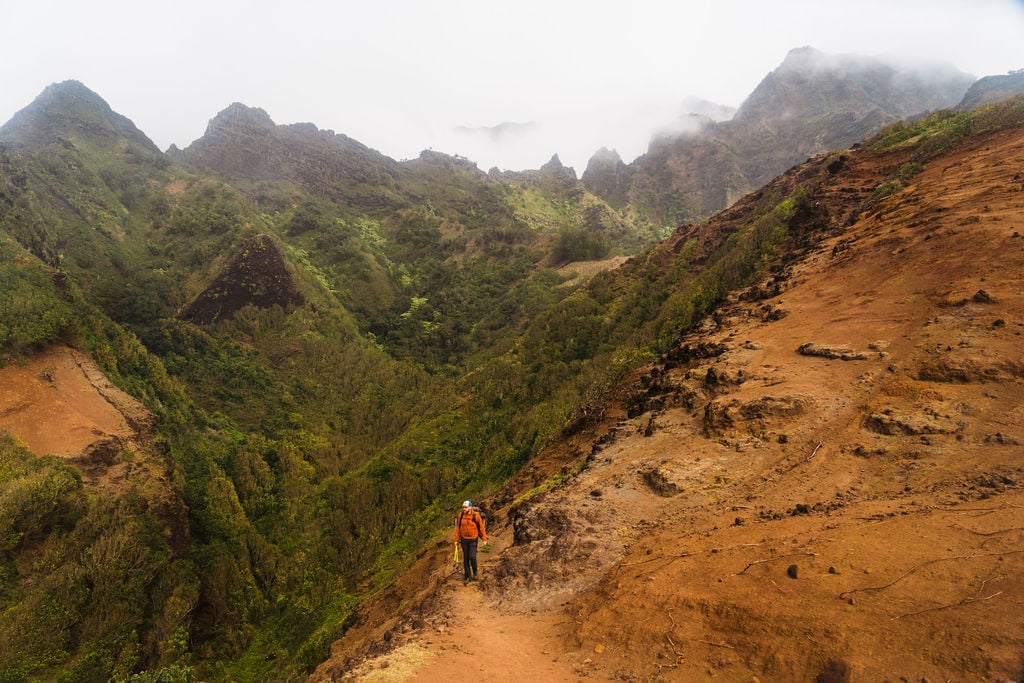
How to Beat the Bugs
The time of year I was on the Kalalau was not horrible with bugs, but at other times of the year, it can be. I came prepared with deet and picaridin to chase away any bugs that came my way. You can also pretreat your gear with picaridin to add an extra layer of bug protection as well. On the same note as bugs, it is also popular to hammock camp on this beach (to shed some backpacking weight). If doing so, don’t forget the bug net for the hammock to get a good night of sleep.
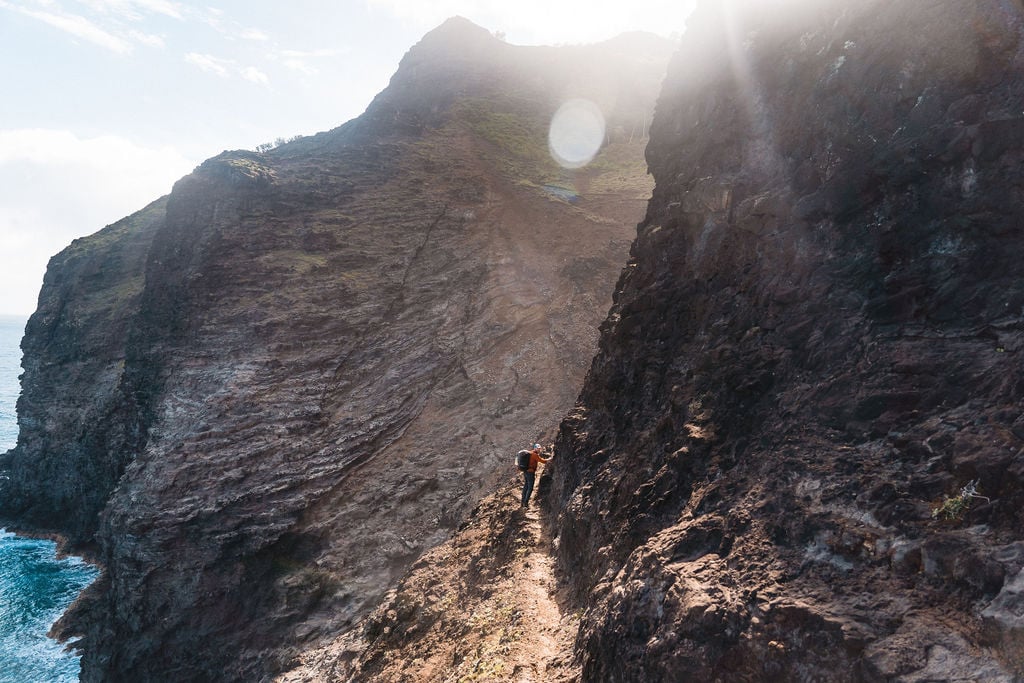
How to Beat the Blisters
Blisters are something I didn’t think about. Which is silly, because blister prevention and care is on just about all backpacking tips lists. I wish I had because they became a huge problem on this trip and almost derailed the whole thing entirely. Heat and friction are the perfect combos to cause blisters. Many miles in, and I could feel the hot spots forming on my feet. By the time I got to camp, it was too late and the damage was done. This made for a rough day enjoying the beach and an even more painful hike out.
To prevent the blisters, there are many things I could have done. One of those is taping up potential hot spots ahead of time with KT Tape. This tape stays put and helps prevent hot spots from forming. I also could have put moleskin on the hot spots once I felt them developing. I was very thankful to have a full first aid kit once the blisters developed. This included using antibacterial ointment, standard bandages, and a tool to flush out wounds. Without a full first aid kit, the hike out would’ve been much worse.
Getting Out There
Tropical backpacking with the proper planning and gear can be some of the most relaxing and beautiful backpacking out there. With waterfalls and caves to explore, fresh fruit to pick, and endless private beach time, what’s not to love? If tropical backpacking is not on your to-do list, study these backpacking tips, and put it on that trip list of yours.
Related Posts:
